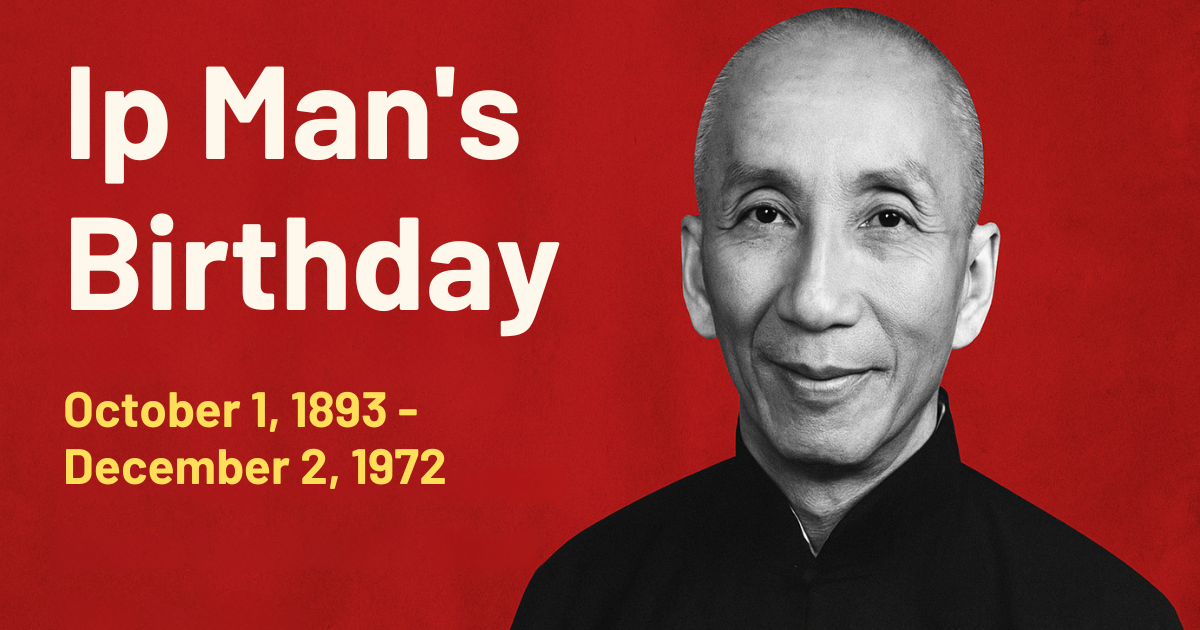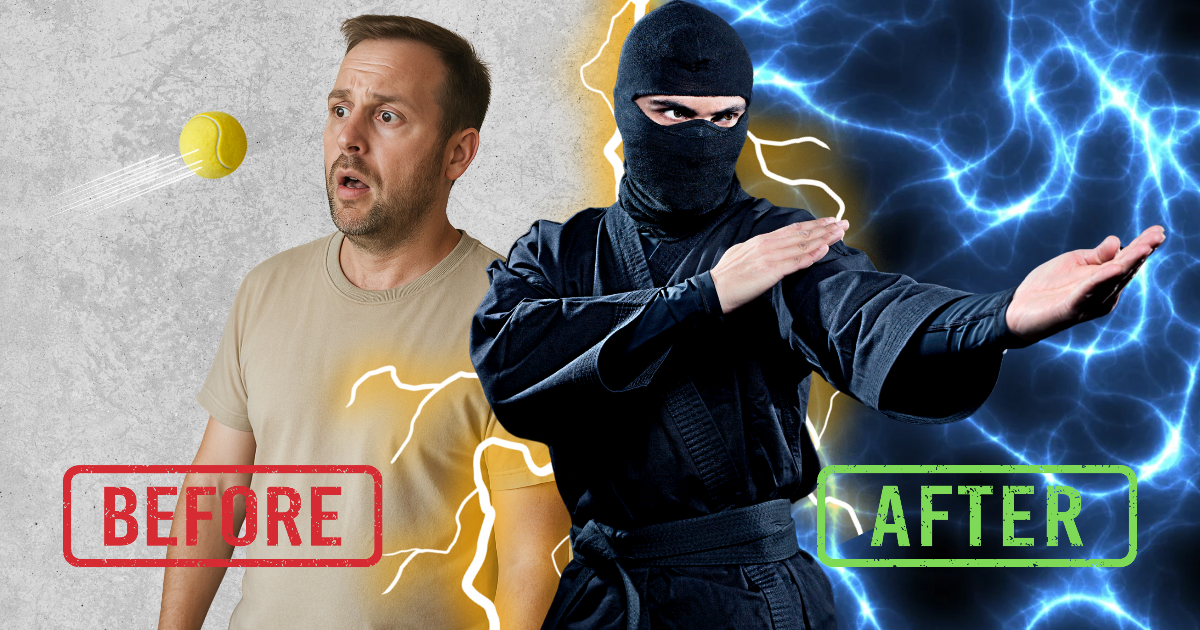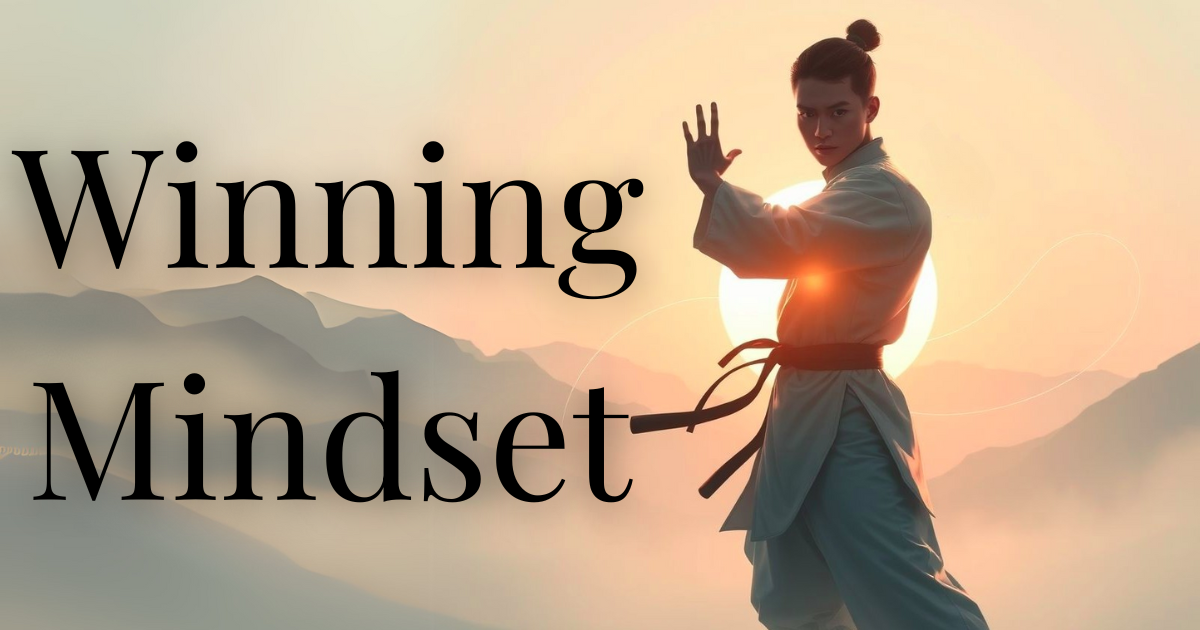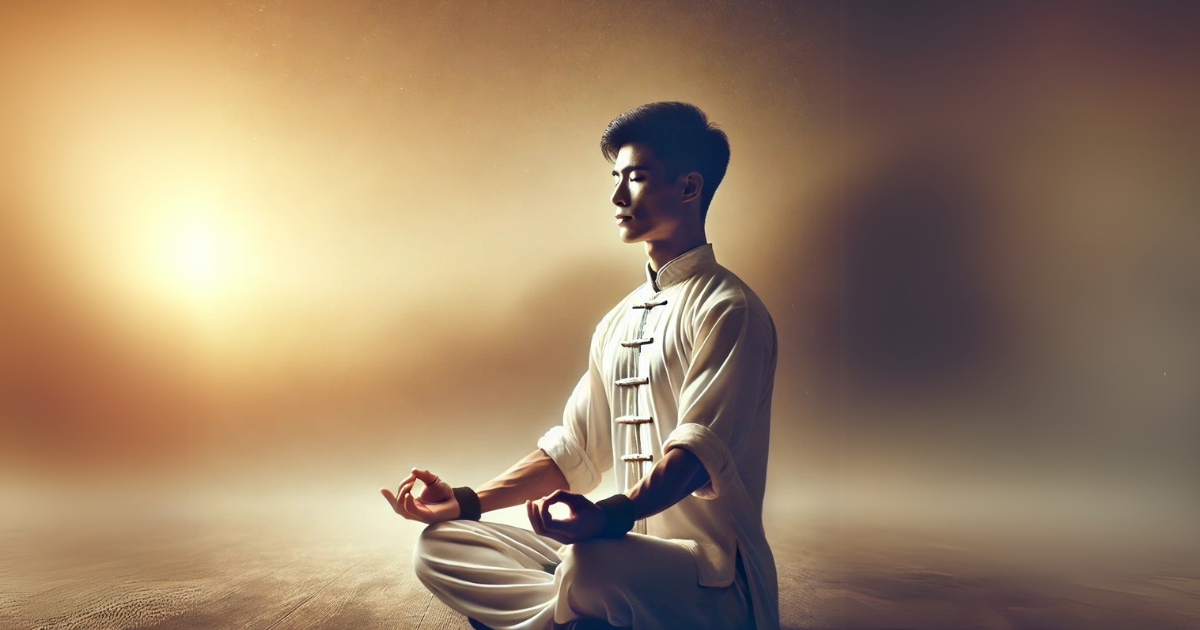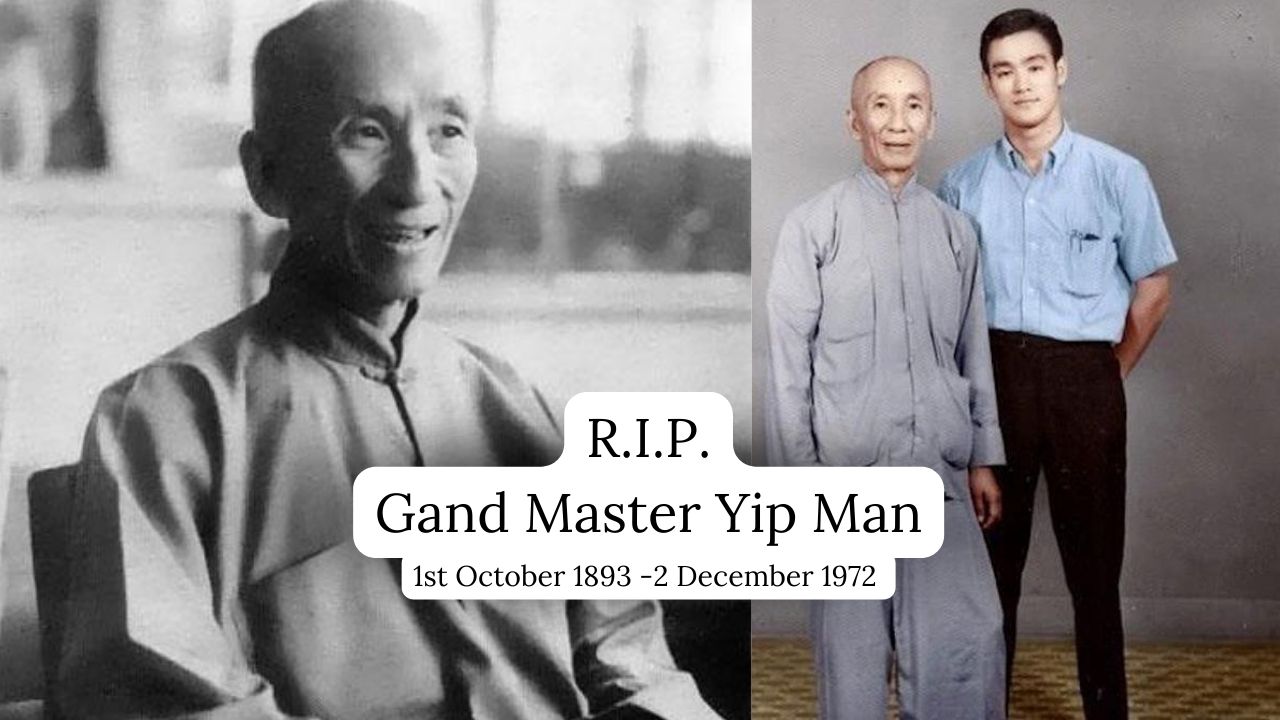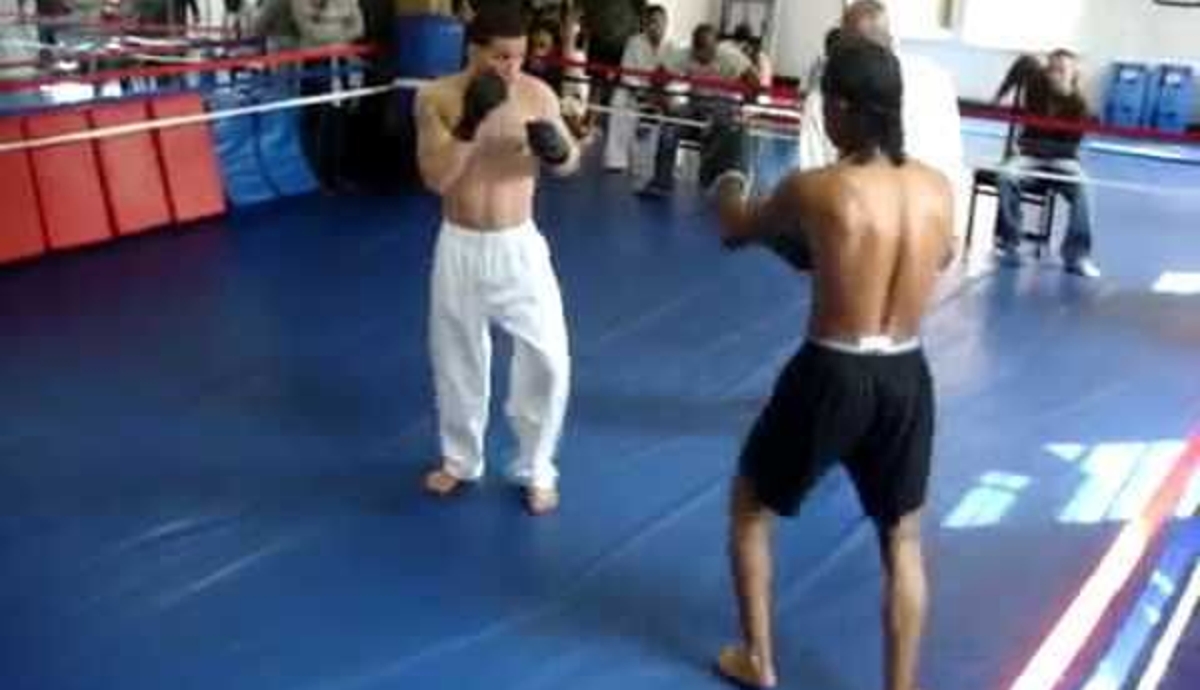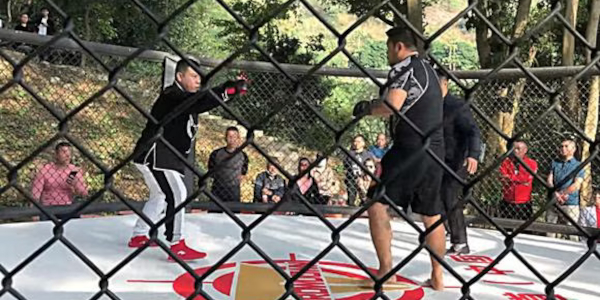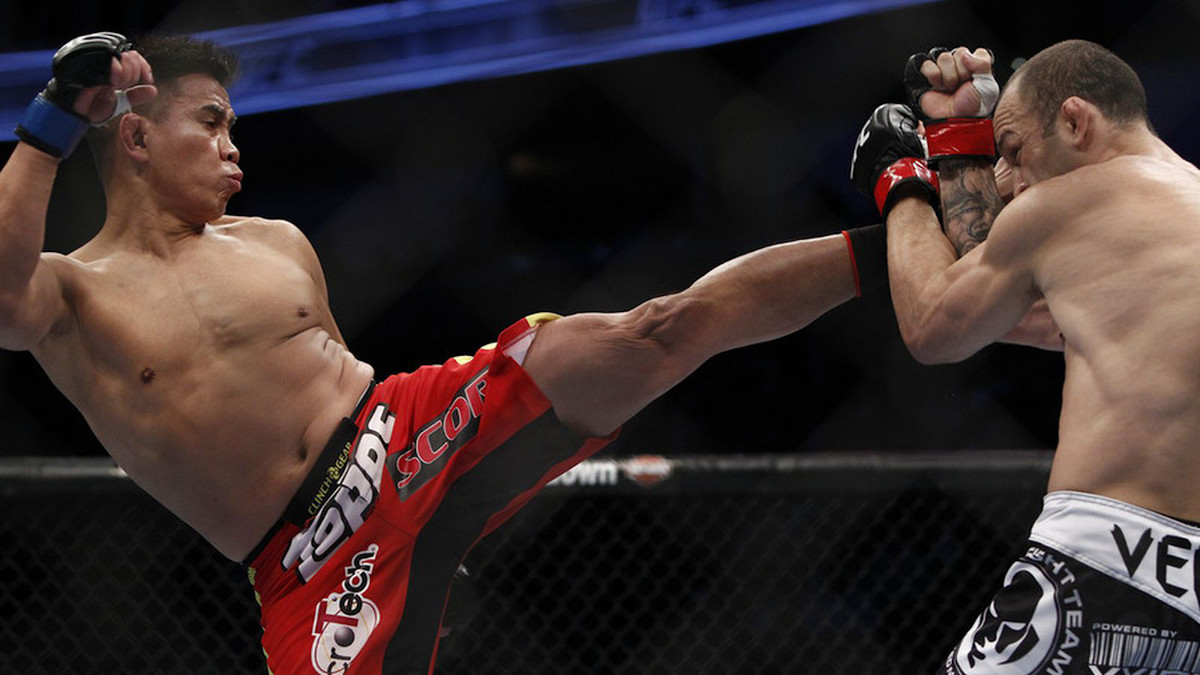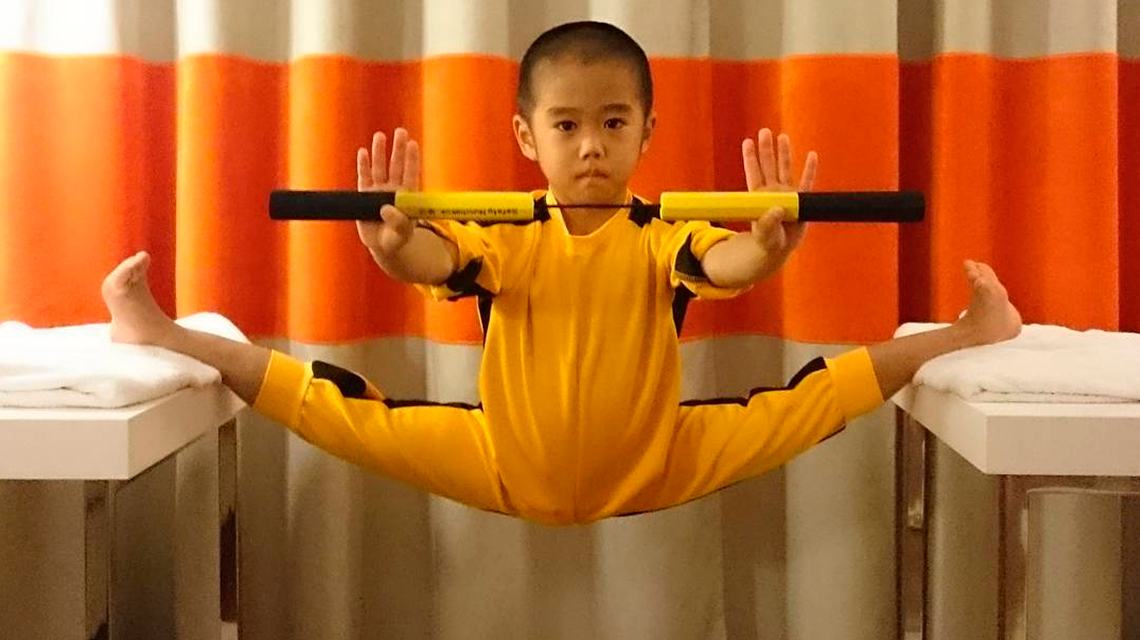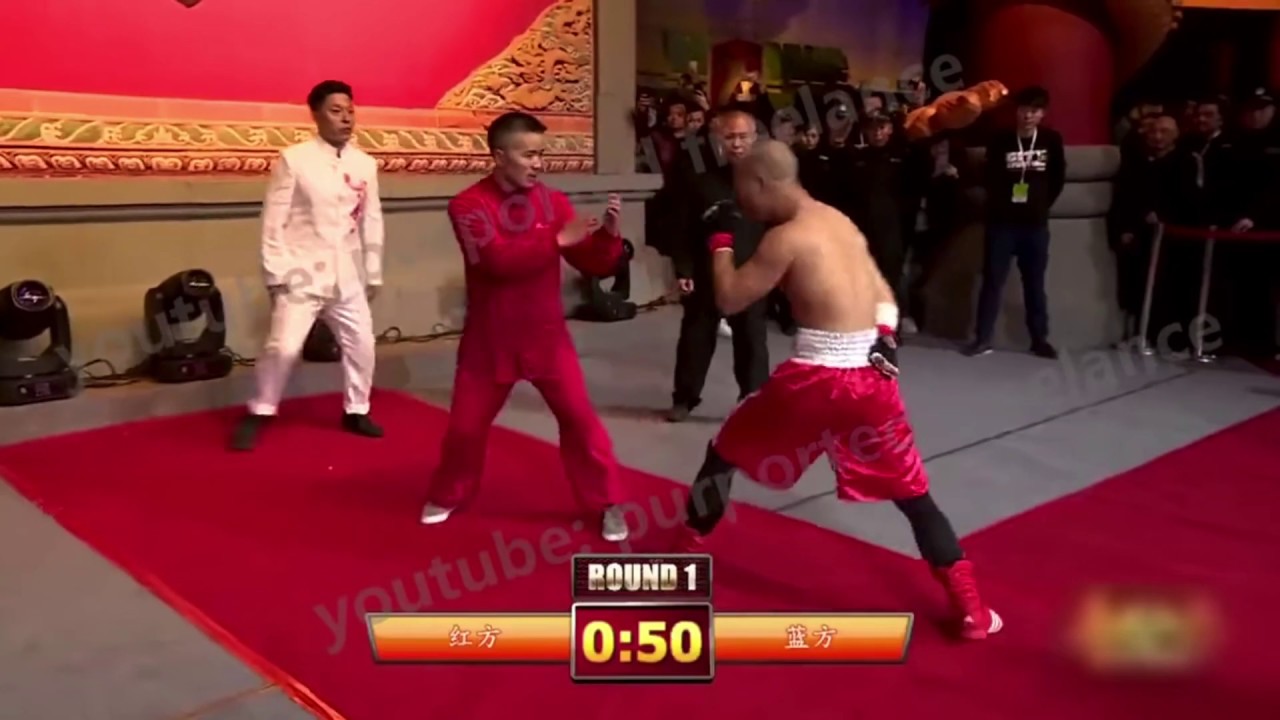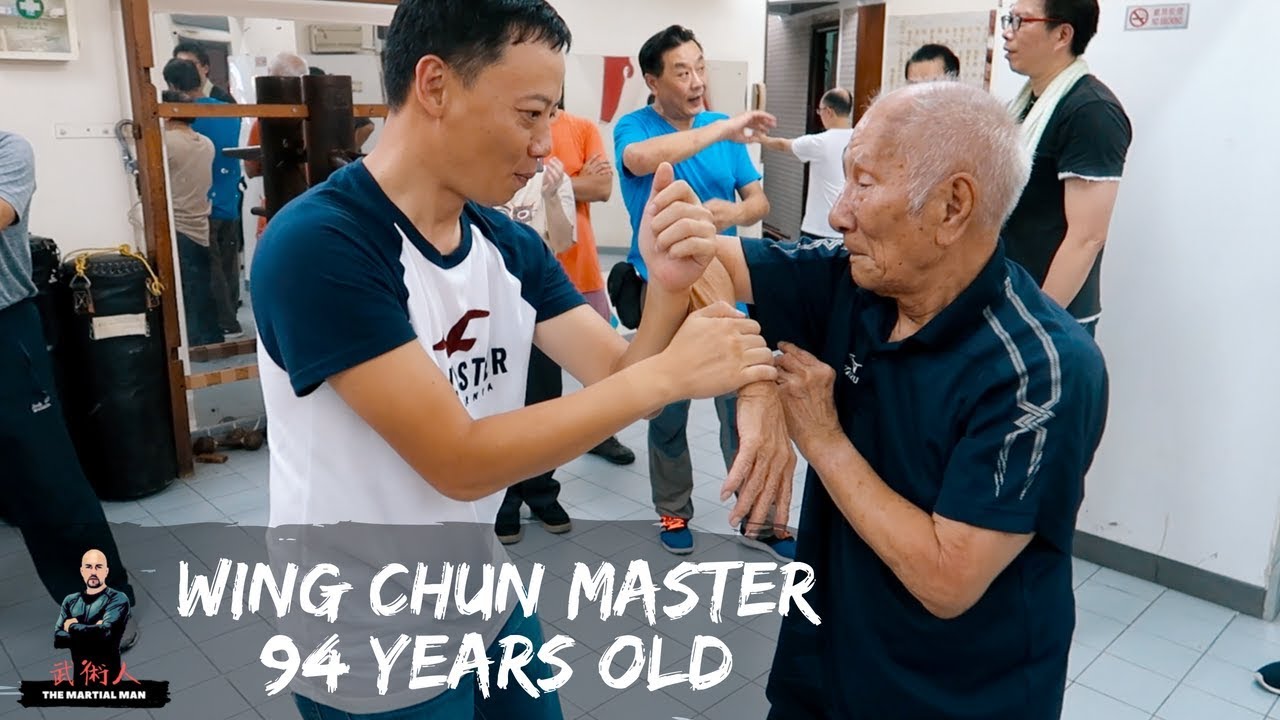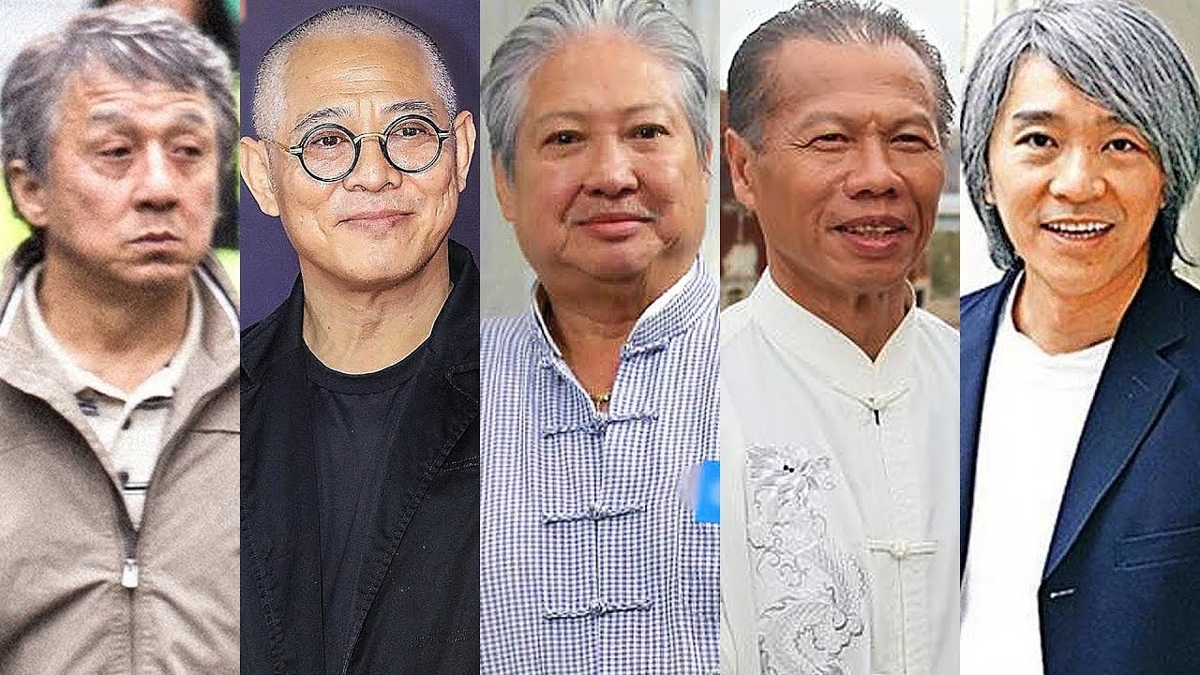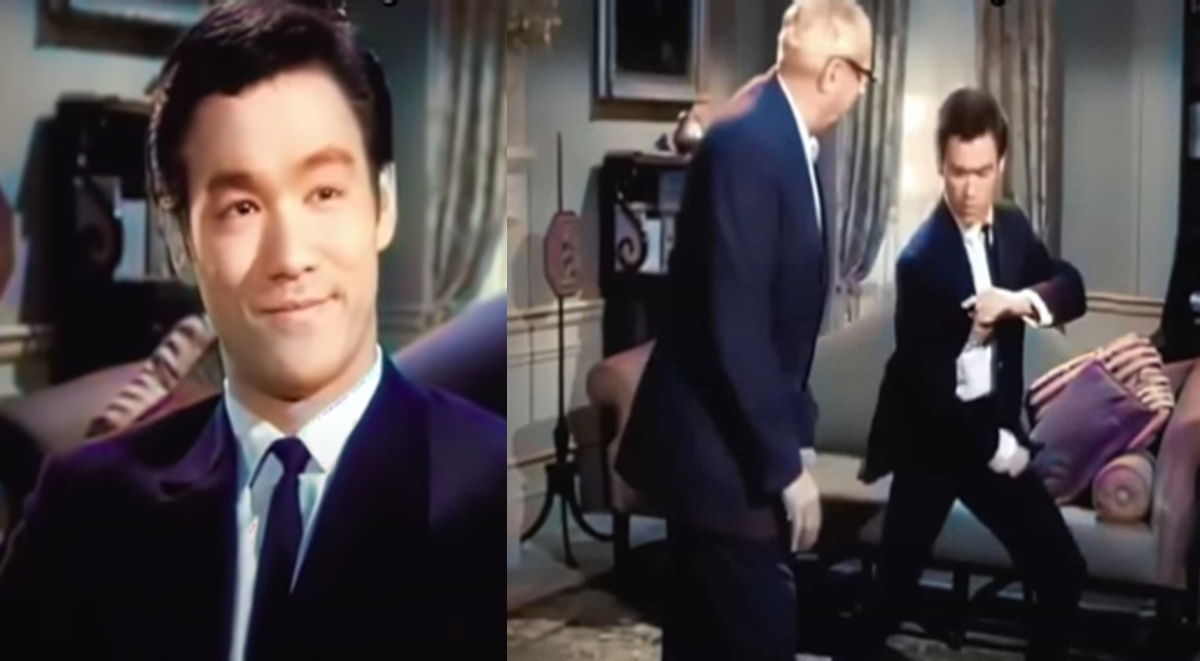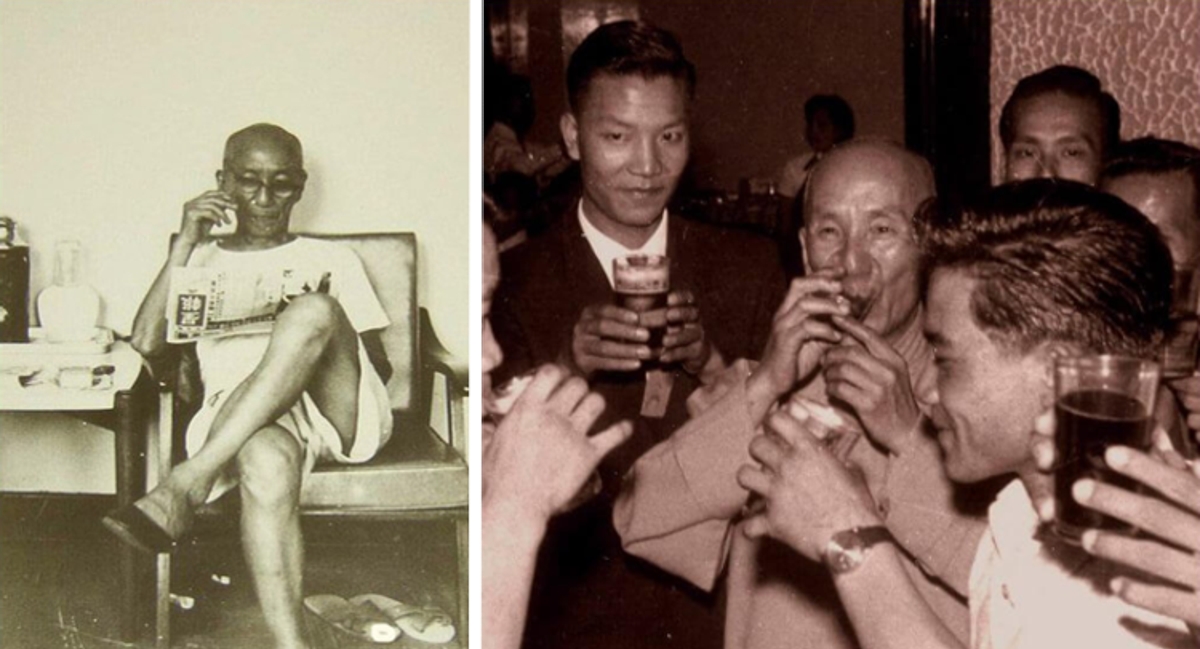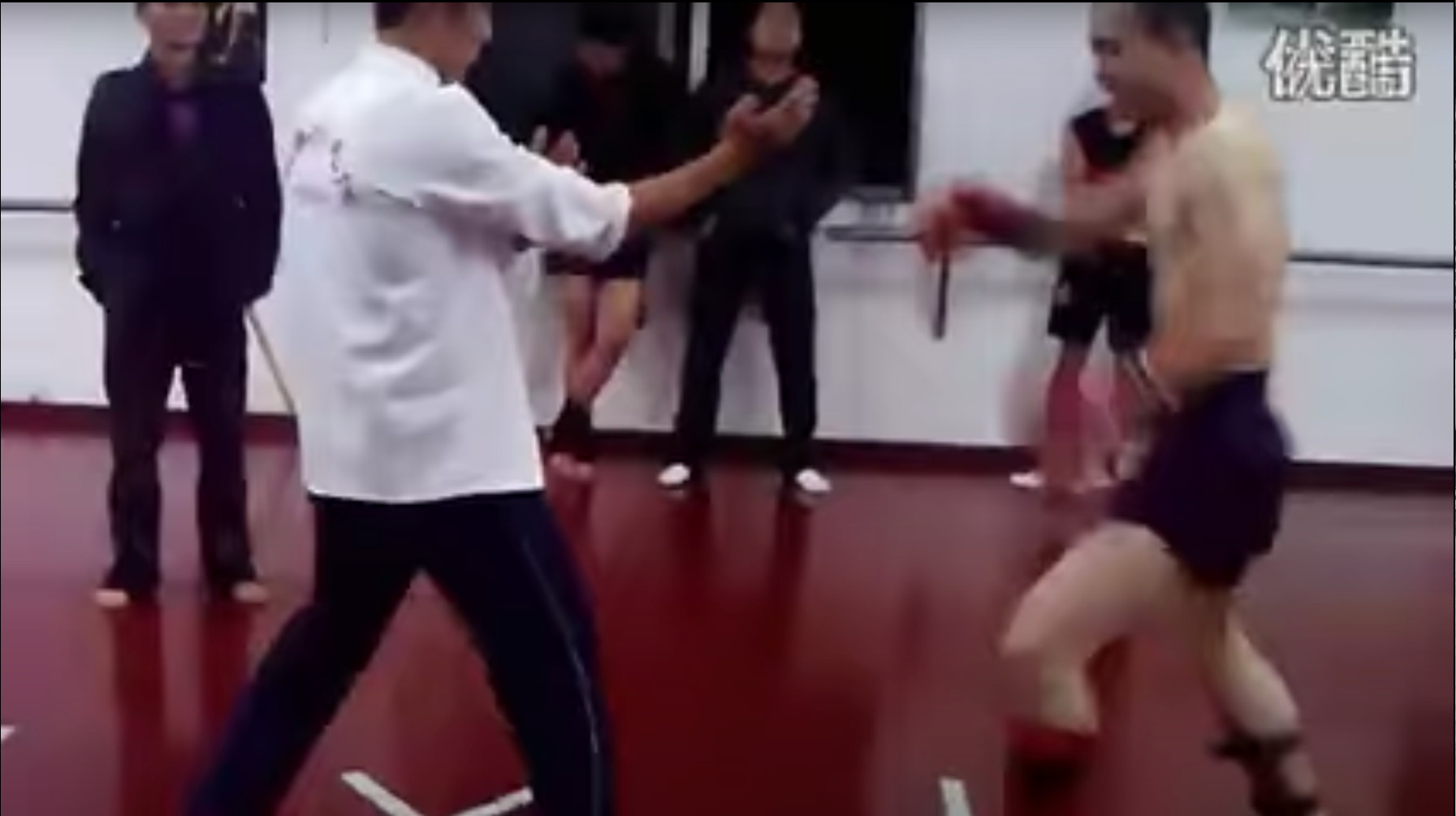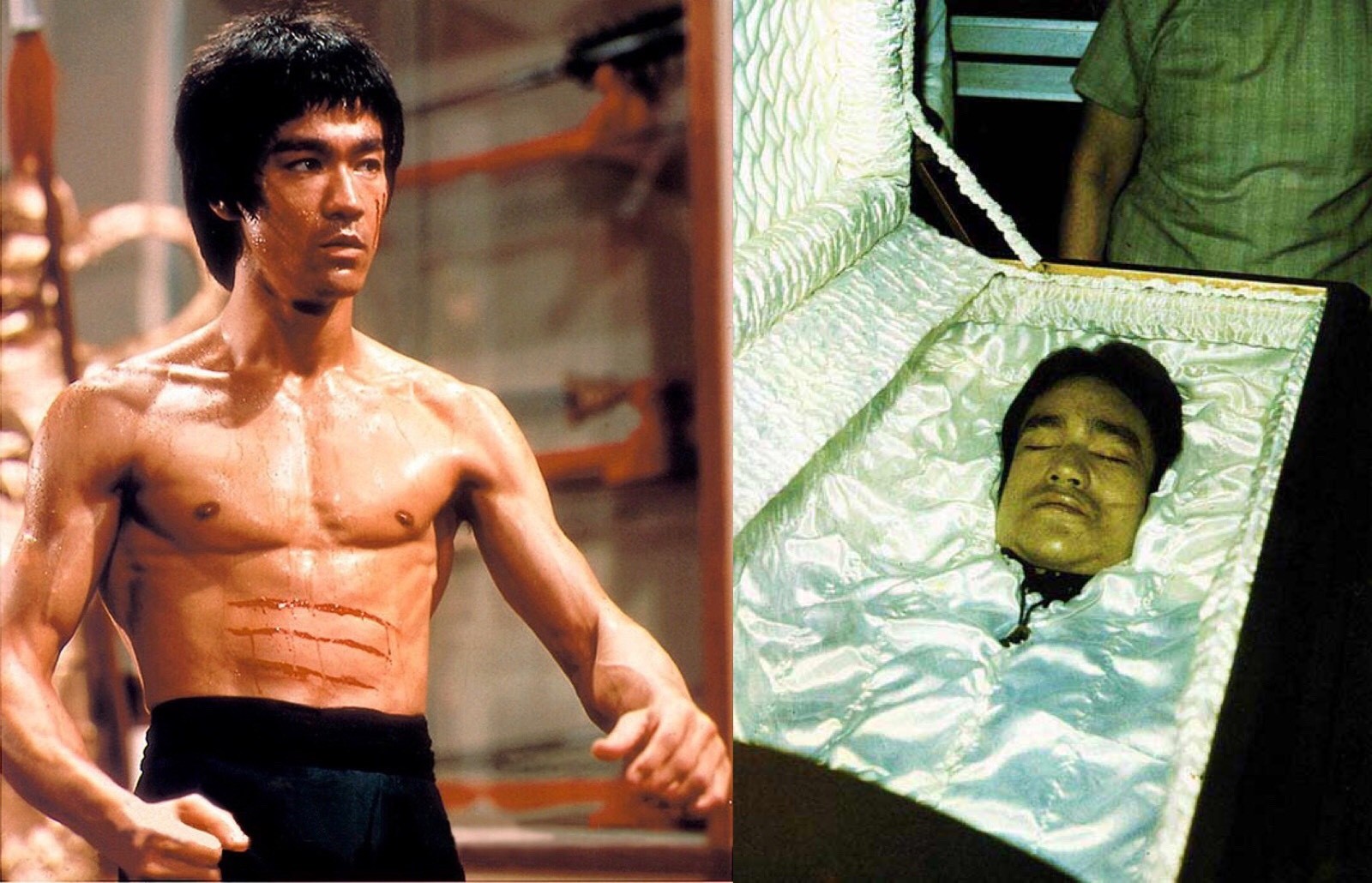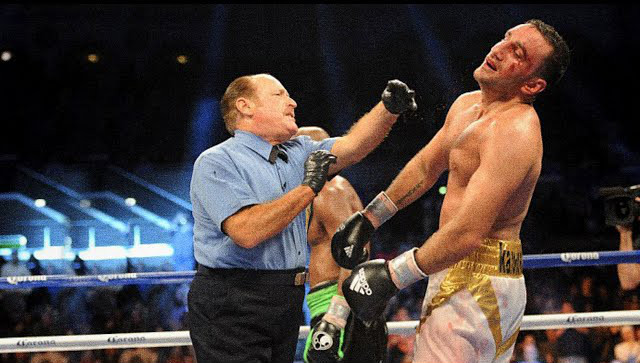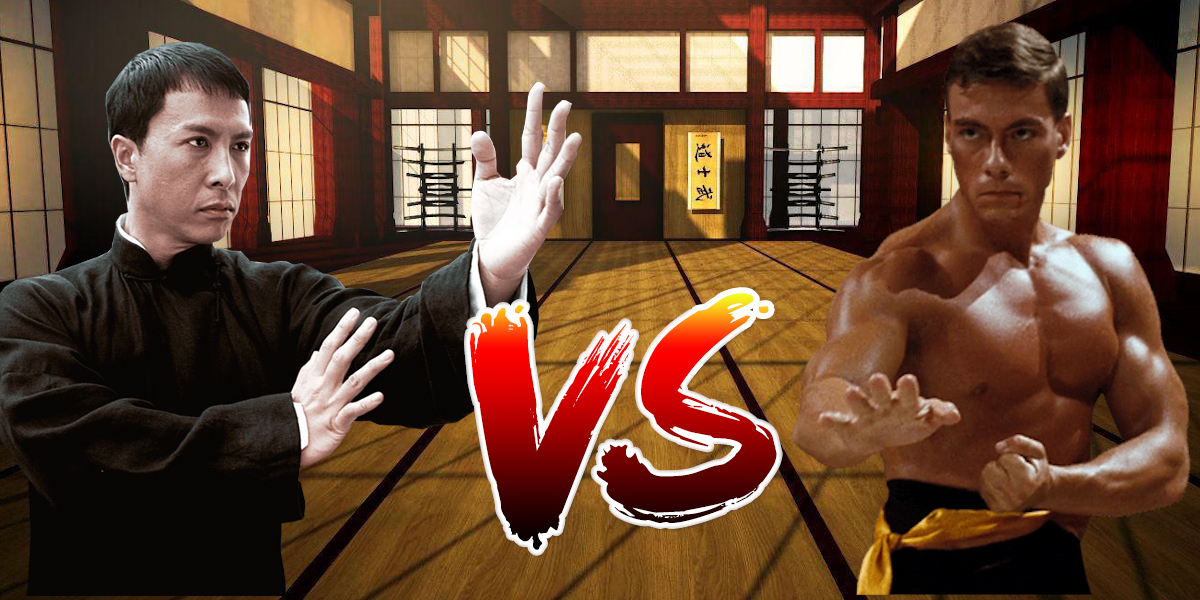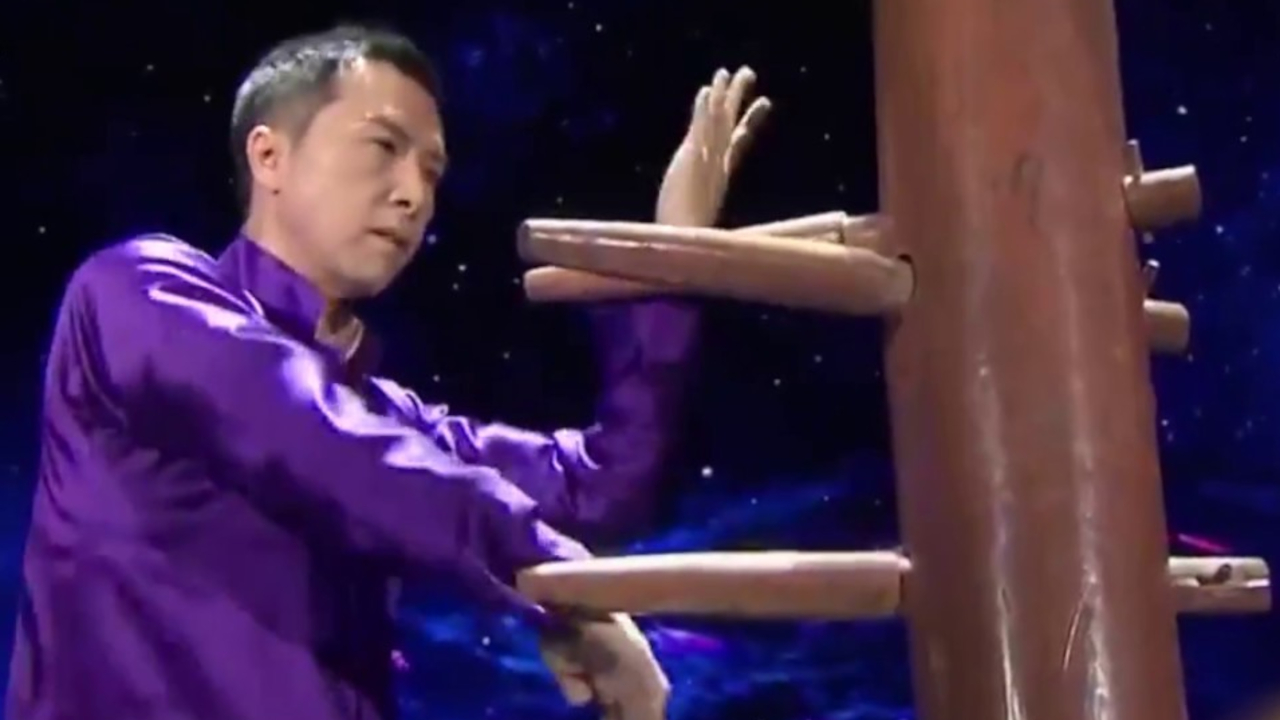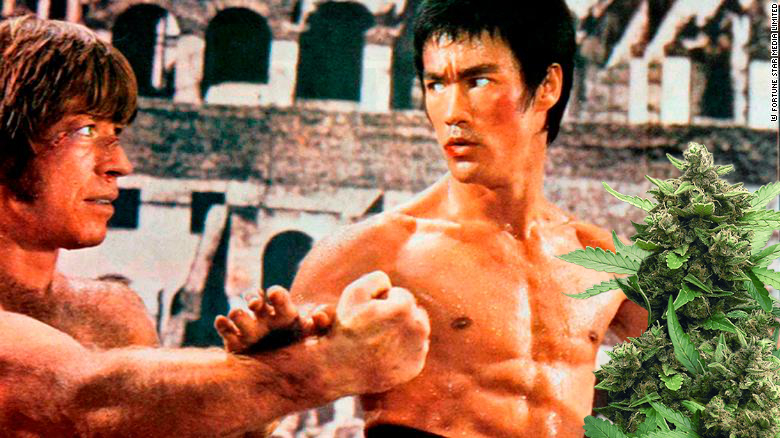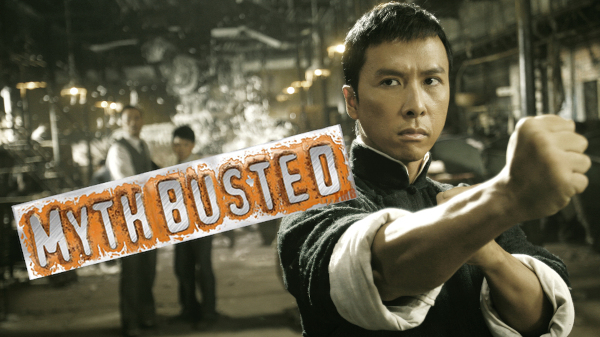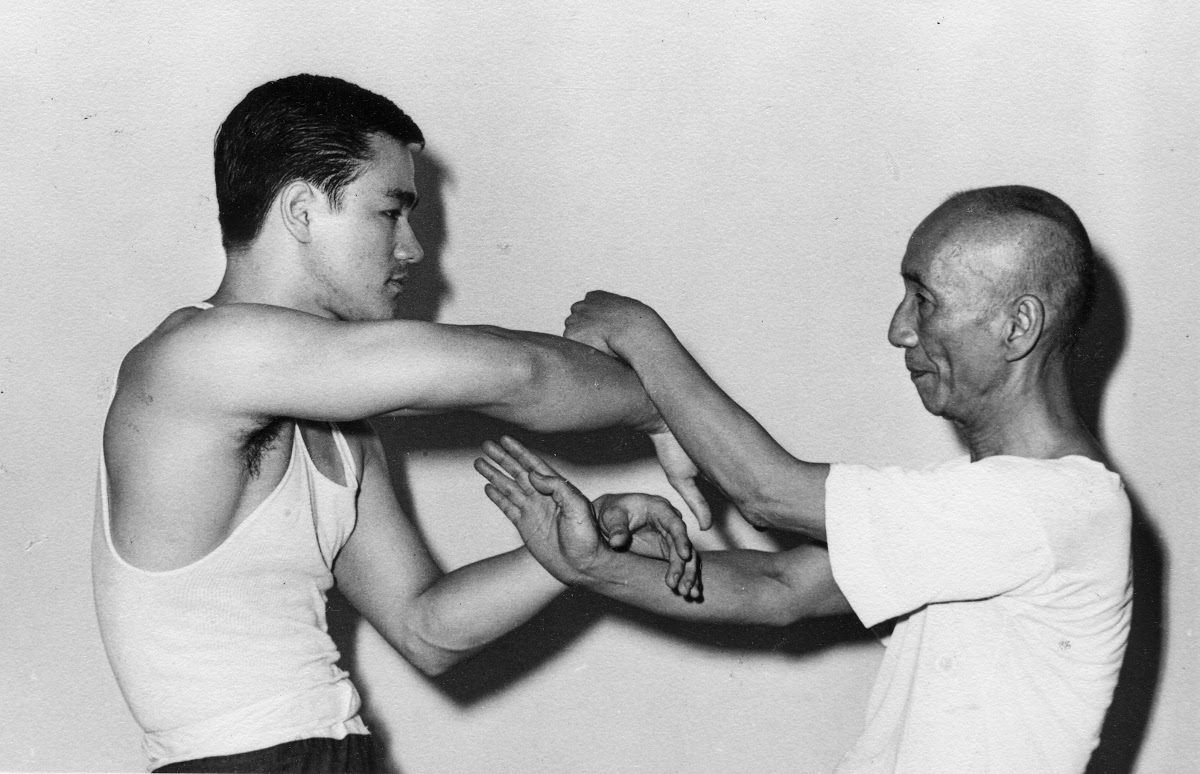History Archive: Wing Chun Vs Karate in South East England (1987)
Reading time: 3 minutes
Martial arts have been practiced for centuries, with many styles emerging from different regions around the world. Among the most popular and well-known styles are Wing Chun and Karate. While both are highly respected and widely practiced, they have distinct differences in terms of their techniques, philosophy, and training methods. In this article, we will take a closer look at these two martial arts and compare them in detail.
Origins
While there is a popular legend that suggests Wing Chun was created by a woman named Yim Wing Chun, the true origins of the style remain uncertain. The style is known for its quick, close-range strikes and defensive movements, making it an effective form of self-defense. On the other hand, Karate originated in Okinawa, Japan, and was influenced by Chinese martial arts. It is known for its strong and powerful strikes and kicks, as well as its focus on discipline and character development.
Techniques
Wing Chun techniques focus on close-range combat, with the use of quick strikes and blocks. The style emphasizes the use of the centerline, which is an imaginary line running down the middle of the body, as the main point of attack and defense. Wing Chun practitioners also use trapping techniques to control their opponent's limbs, making it difficult for them to strike back.
Karate techniques, on the other hand, are based on strong and powerful strikes and kicks, with a focus on breaking boards and other objects. The style also incorporates throws and joint locks, making it an effective form of self-defense in a variety of situations. Karate practitioners also use kata, which are pre-arranged movements, to train and develop their techniques.
Philosophy
Wing Chun places a strong emphasis on practicality and efficiency, with the belief that the best defense is a good offense. The style also emphasizes the importance of relaxation and economy of motion, with the goal of conserving energy during combat.
Karate, on the other hand, places a strong emphasis on discipline and character development, with the belief that martial arts training should not only improve physical skills but also mental and emotional well-being. Karate practitioners also follow a code of ethics, known as the Dojo Kun, which emphasizes principles such as respect, perseverance, and self-control.
Training Methods
Wing Chun training focuses on developing sensitivity, speed, and reflexes, with a strong emphasis on partner drills and sparring. The style also places a strong emphasis on chi sao, which is a training exercise that helps practitioners develop their sensitivity to their opponent's movements.
Karate training focuses on developing strength, power, and endurance, with a strong emphasis on solo drills and conditioning exercises. The style also places a strong emphasis on kata, which are pre-arranged movements that are performed alone or in a group.

In conclusion, both Wing Chun and Karate are highly respected martial arts styles that have unique techniques, philosophies, and training methods. While Wing Chun emphasizes practicality and efficiency, Karate emphasizes discipline and character development. Both styles have their strengths and weaknesses and are effective forms of self-defense. Ultimately, the choice of which style to practice depends on individual preferences, goals, and physical abilities.
Thank you. Your comment will be approved shortly.
Comments
Thank you. Your comment will be approved shortly.
Thank you. Your comment will be approved shortly.
Thank you. Your comment will be approved shortly.
Thank you. Your comment will be approved shortly.
Thank you. Your comment will be approved shortly.
Thank you. Your comment will be approved shortly.


